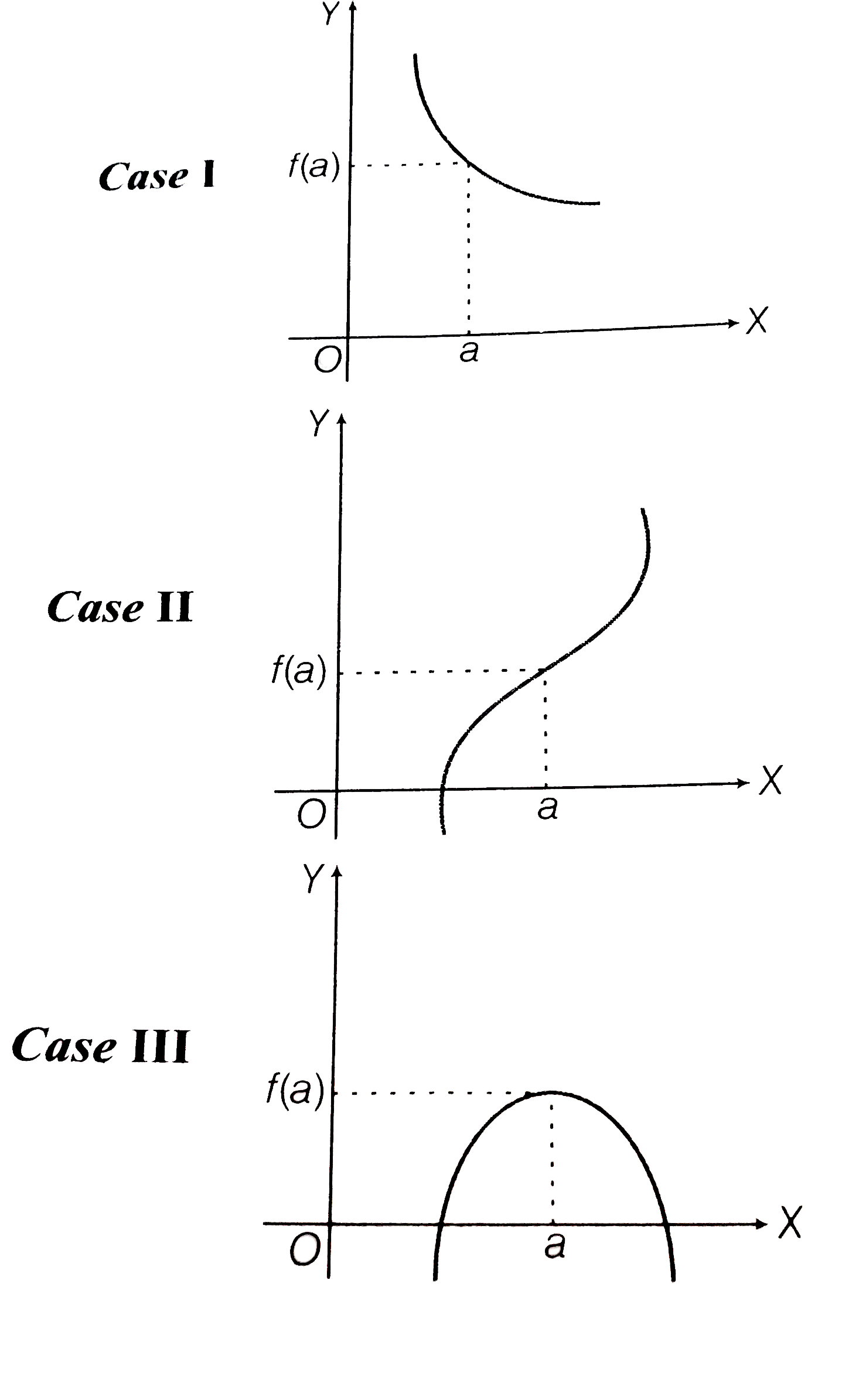If ,for,for[x]=0,where denotes the greatest integer less than or equal to then is (a) (b) 0 (c) (d) none of theseSolution in Punjabi
1
0
does not exist
The correct Answer is:D
Step by step video & image solution for If f(x)={("sin"[x])/([x]),for[x]!=0, 0,for[x]=0,where [x] denotes the greatest integer less than or equal to x , then lim_(x→0)f(x) is (a) 1 (b) 0 (c) -1 (d) none of these by Maths experts to help you in doubts & scoring excellent marks in Class 12 exams.
Updated on:21/07/2023Topper's Solved these Questions
- LIMITSBOOK - ARIHANT MATHSCHAPTER - LIMITSEXERCISE - Exercise (More Than One Correct Option Type Questions)
15 Videos
- LIMITSBOOK - ARIHANT MATHSCHAPTER - LIMITSEXERCISE - Exercise (Passage Based Questions)
10 Videos
- LIMITSBOOK - ARIHANT MATHSCHAPTER - LIMITSEXERCISE - SOLVED EXAMPLES
1 Videos
- INVERSE TRIGONOMETRIC FUNCTIONSBOOK - ARIHANT MATHSCHAPTER - INVERSE TRIGONOMETRIC FUNCTIONSEXERCISE - Exercise (Questions Asked In Previous 13 Years Exam)
8 Videos
- LOGARITHM AND THEIR PROPERTIESBOOK - ARIHANT MATHSCHAPTER - LOGARITHM AND THEIR PROPERTIESEXERCISE - Exercise (Questions Asked In Previous 13 Years Exam)
4 Videos
Similar Questions
If limx→∞4x(π4−tan−1(x+1x+2))=y2+4y+5 then y can be equal to
View SolutionIf limx→af(x)=1 and limx→ag(x)=∞ then limx→a{f(x)}g(x)=elimx→a(f(x)−1)g(x)
limx→0(sinxx)sinxx−sinx is equal to
View SolutionTo evaluate limx→a[f(x)], we must analyse the f(x) in right hand neighbourhood as well as in left hand neighbourhood of x=a. E.g. In case of continuous function, we may come across followign cases.


Iff(a) is an integer, the limit will exist in Case III and Case IV but not in Case I and Case II. If f(a) is not an integer, the limit exists in all the cases. ltbgt If f'(1)=−3 and limx→1[f(x)−12] does not exist, (where [.] denotes the greatest integer function), then
View SolutionIf α=3sin−1(611andβ=3cos−1(49), where the inverse trigonometric functions take only the principal values, then the correct options (s) is (are)
View SolutionIn Which quadrant Point (−2,−3) will be lie.
View SolutionIf f(x)={sin[x][x],for[x]≠00,for[x]=0,where[x] denotes the greatest integer less than or equal to x, then (lim)x→0f(x) is 1 (b) 0 (c) −1 (d) none of these
View SolutionIf f(x)=(sin(1+[x]))/([x]) for x!=0 (where [.] represents the greatest integer <=x), then lim_(x rarr0^(-))f(x) equals
View Solutionif f(x)=sin[x][x]+1,x>0 and f(x)=cosπ2[x][x],x<0 and f(x)=k,x=0 where [x] denotes the greatest integer less than or equal to x, then in order that the continuous at x=0, the value of k is equal to
View SolutionIf f(x)=⎧⎨⎩sin[x][x], for [x]≠00, for [x]=0where [x] denotes the greatest integer less than or equal to x. Then find limx→0f(x).
View SolutionIf f(x)=⎧⎨⎩tan−1(x+[x])[x]−2x[x]≠00[x]=0 where [x] denotes the greatest integer less than or equal to x, than limx→0f(x) is
View SolutionIf f(x)=⎧⎨⎩sin[x][x][x]≠00[x]=0
where [.] denotes the greatest integer less than or equal to x then
View SolutionIf f(x)=sin[x][x],[x]≠0=0,[x]=0, where [x] denotes the greatest integer less than or equal to x, than limx→0f(x) equals :
View SolutionIf f(x)=sin−1([x]+x)[x],[x]≠0
=0, [x] = 0 where [x] denotes the greatest integer less than or equal to x, then limx→0f(x) is
View SolutionIf f(x)=⎧⎨⎩sin[x][x], for [x]≠00, for [x]=0where [x] denotes the greatest integer less than or equal to x. Then find limx→0f(x).
View SolutionIf f(x)=⎧⎨⎩sin(1+[x])[x]for[x]≠00for[x]=0 where [x] denotes the greatest integer not exceeding x, then limx→0−f(x)=
View Solution
